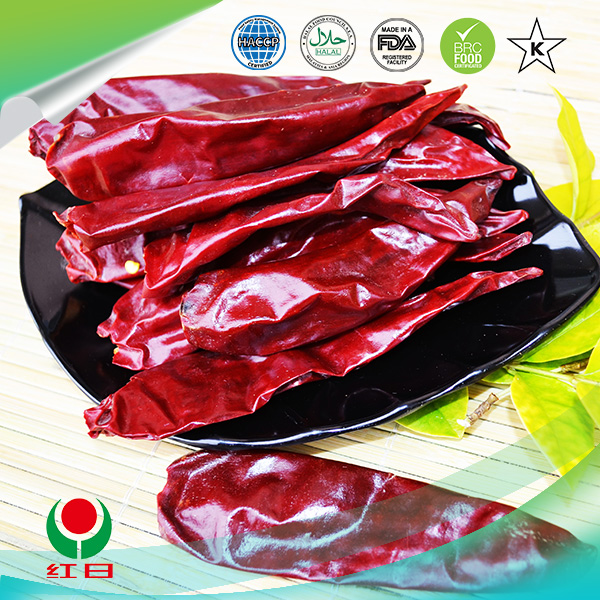- No. 268 Xianghe Street, Economic Development Zone of Xingtai city, Hebei 054001 China
- Byron@hbhongri.cn
Spices That Add Heat and Flavor to Your Dishes
The Vibrant World of Chilli and Paprika
Chilli and paprika are two of the most beloved spices in the culinary world, adding not only heat but also a spectrum of flavors and hues to dishes. They belong to the same family, the Capsicum genus, and both have a rich history linked to their origins, cultivation, and culinary applications. This article explores the fascinating characteristics of chilli and paprika, their uses in cuisines around the globe, and the health benefits they offer.
Origins and Varieties
Chilli peppers are native to the Americas and were integral to indigenous cultures long before the arrival of European explorers. After Christopher Columbus discovered the New World, he introduced these fiery pods to Europe, which sparked an insatiable demand. Today, there are hundreds of varieties of chillies, ranging from the mild, sweet bell pepper to the fiery Carolina Reaper, one of the hottest peppers in the world.
Paprika, on the other hand, has its origins in Hungary and Spain, where it is hailed as a key ingredient in traditional dishes. Made from ground, dried red peppers, paprika comes in various forms, including sweet, smoked, and hot. Each type of paprika brings a unique flavor profile to meals, from the mellow sweetness of Hungarian sweet paprika to the robust smokiness of Spanish pimentón.
Culinary Applications
Chilli and paprika are essential in kitchens around the world. They serve as both flavor enhancers and agents of heat in numerous dishes. In Mexican cuisine, chillies play a crucial role in salsas, sauces, and more. Varieties like jalapeño, serrano, and ancho are often used to create depth and complexity in dishes like enchiladas, tacos, and mole sauce.
chilli and paprika

In contrast, paprika is a star ingredient in many European recipes. It is famously associated with goulash in Hungary, where it lends both color and flavor to the dish. In Spain, smoked paprika is a key component in many tapas and paella, imparting a rich, smoky essence that elevates the dish. Even in North Africa, paprika can be found in tagines and other traditional meals, showcasing its versatility across diverse cuisines.
Health Benefits
Both chilli and paprika are not only tasty but also come with numerous health benefits. Capsaicin, the compound that gives chillies their heat, has been linked to various health advantages. Studies suggest that including capsaicin in one’s diet can boost metabolism, aid in weight loss, and even reduce pain by acting as a natural analgesic. Moreover, chilli peppers are rich in vitamins A and C, benefiting skin health and enhancing the immune system.
Paprika, while milder, is packed with antioxidants, particularly carotenoids, which are beneficial for eye health and can improve circulation. The high vitamin content found in paprika also promotes overall health and wellness. In addition, both spices are low in calories, making them a perfect choice for those looking to enhance flavor without adding excessive amounts of fat or sugar.
Conclusion
Chilli and paprika are more than just spices; they are storytellers of culture, history, and flavor. Their ability to transform an ordinary dish into an extraordinary culinary experience is unmatched. As global kitchens continue to embrace flavors from around the world, the popularity of these spices has only grown. Whether you are looking to spice up your dishes with chillies or add a hint of sweetness and color with paprika, incorporating these vibrant ingredients into your cooking is sure to elevate your meals and delight your taste buds. So, the next time you reach for that spice jar, remember the rich culinary heritage and health benefits that come with every pinch of chilli and paprika. Embrace their fiery nature and let them transform your culinary adventures!
-
Unlock the Power of Nature with Capsicum Oleoresin ExtractNewsJul.03,2025
-
Unleash the Heat: Discover the Wonders of Spicy Crushed Red PepperNewsJul.03,2025
-
Unleash the Flavor of Red Pepper Pods – Elevate Your Culinary Creations!NewsJul.03,2025
-
The Rich Flavor of Red Pepper Dried – The Ultimate Ingredient for Your Culinary Creations!NewsJul.03,2025
-
Discover the Rich Flavor of the PaprikaNewsJul.03,2025
-
Discover the Flavorful World of Paprika & Chili ProductsNewsJul.03,2025







